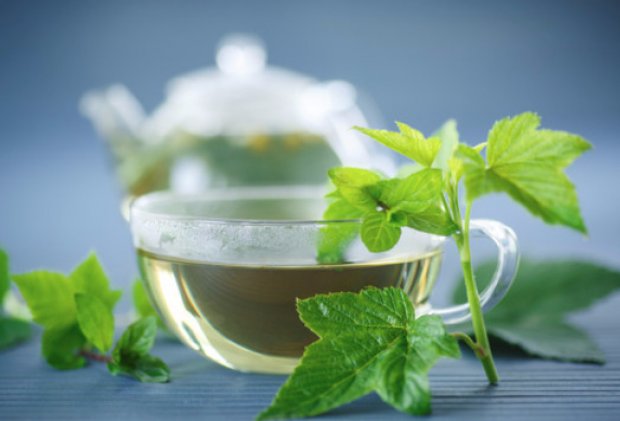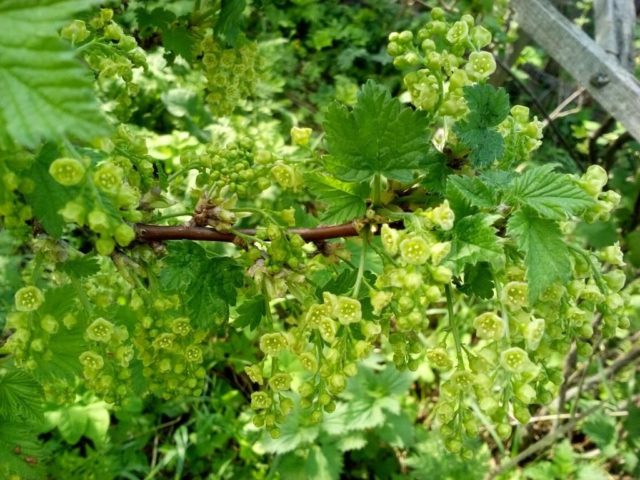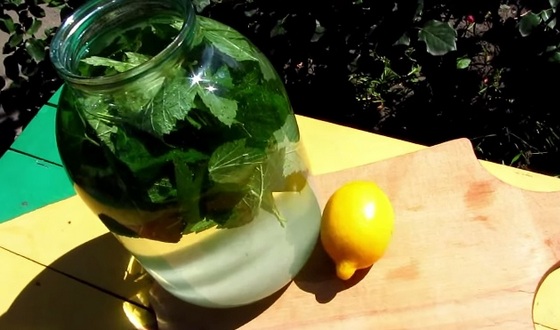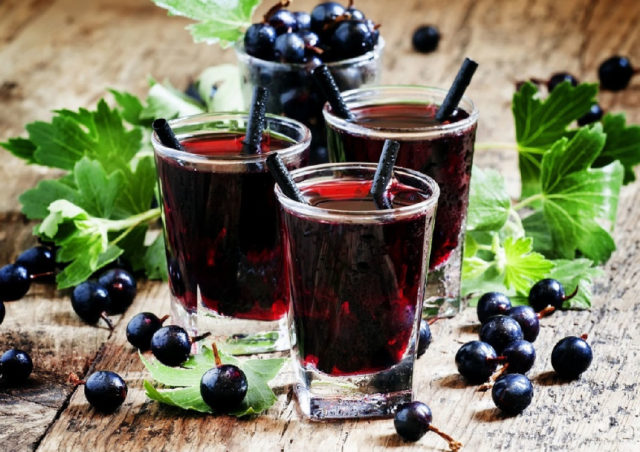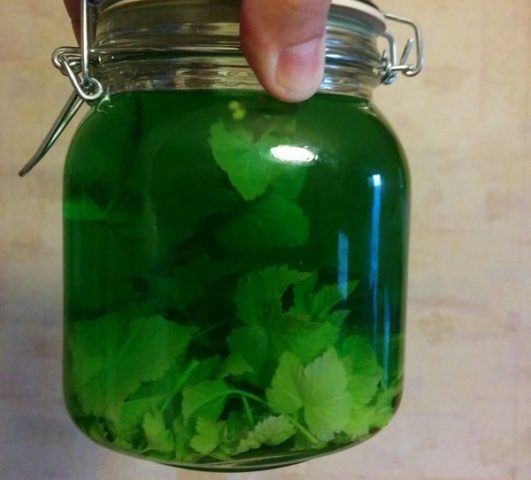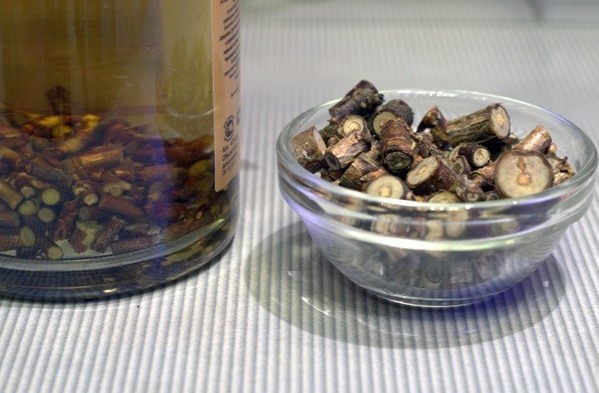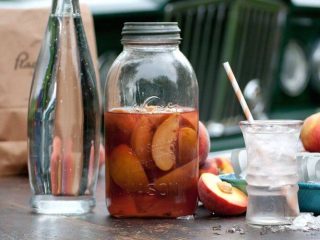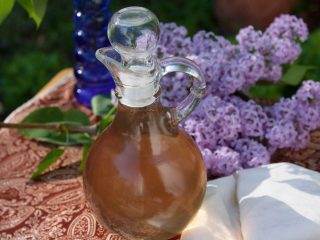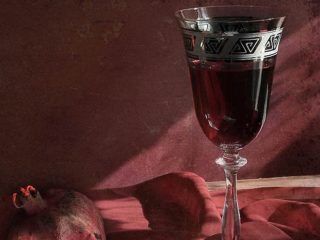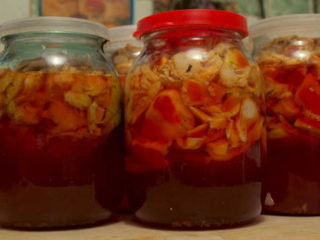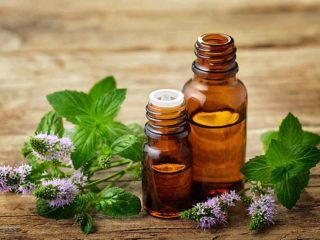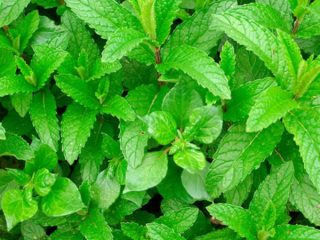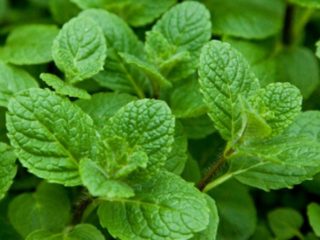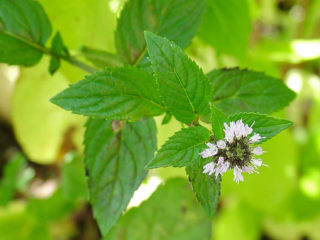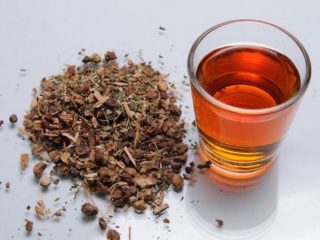Content
The beneficial properties of black currant are used by people to treat many diseases. Official medicine does not recognize the plant as medicinal, although only as a vitamin supplement. The tincture of blackcurrant leaves is aromatic and pleasant to the taste.
The benefits and harms of currant leaf infusion
There have been no official studies on the properties of currant leaf infusion. Therefore, information about its healing effects came only from experience of use in folk medicine.
The beneficial properties of currant infusions can be judged by the substances and microelements contained in the plant. The berry bush is famous for its large amount of vitamins. Currant leaves contain up to 400 mg of ascorbic acid per 100 g of raw material. At different periods of plant development, the content of chemical elements changes in quantitative composition. But their set remains unchanged:
- Ascorbic acid is a natural antioxidant. Participates in redox processes in cells.
- Vitamin A - promotes the development of immunity, affects the health of mucous membranes (eyes).
- Phytoncides have a negative effect on pathogenic microorganisms.
- Essential oils have a beneficial effect on the digestive system, removing excess mucus from the bronchi and lungs.
Among other things, the plant contains a complex of minerals: sodium, potassium, manganese, magnesium and others.
In folk medicine, an infusion of blackcurrant leaves is recommended for the treatment of vitamin deficiency. Alcohol preparations based on currants are also used as an antirheumatic agent. For diabetes mellitus, water infusions of leaves and branches are recommended.
The antiseptic and anti-inflammatory properties of parts of the bush help with coughs, bronchitis and any inflammatory diseases.
How to make a tincture on currant leaves and branches
To prepare a medicinal tincture, plant materials are collected in May. Before fruiting begins, it is the leaves that contain the greatest amount of substances beneficial to the body.
Currant greens are harvested in dry, clear weather. You can use shoots and foliage of garden blackcurrant if the site is located away from roads. But the most valuable are wild bushes. Currants naturally grow near streams and swamps. Its leaves have a rich musky aroma. No wonder the name contains the root “currant”. The tincture made from wild currants is more aromatic than from garden crops.
It is advisable to prepare the tincture in a dark glass container. Fresh leaves are placed in a jar and filled with alcohol or another alcohol-containing product.It is recommended to infuse the remedy for medicinal purposes for at least three weeks. Most sources contain information about different periods of infusion of the liquid. But the general rules for preparing infusions from plant materials indicate the need for long-term aging of the products. Substances must not only be saturated with a liquid substance, but also release useful components.
If branches with bark are used to prepare the infusion, the liquid turns out to be brownish in color. The infusion of the leaves may be light yellow or greenish.
After the required infusion period has expired, the liquid is drained and the leaves and branches are squeezed out.
Recipes for tinctures on currant leaves and branches
Most alcohol tinctures are prepared according to a standard recipe. Leaves and branches can be used fresh or dry. It is important that the alcohol-containing liquid is highly purified, without fusel oils and technical types of alcohol.
Tincture of currant leaves with vodka
Currant leaves make excellent aromatic vodka, which you can drink at a feast. To prepare 1 liter of drink, you need to fill the jar by a third with young herbs. Add to content:
- 0.5 tsp. lemon zest;
- 1 - 2 cloves (seasoning);
- 1 tbsp. l. granulated sugar;
- 1 liter of vodka.
Close the jar tightly. Leave in a dark place for 7 - 10 days. Strain the liquid through cheesecloth and squeeze out the contents. Seal the container with the drink tightly and store in the refrigerator.
Tincture of currant leaves on moonshine
Lovers of homemade tinctures prepare moonshine-based drinks from currant leaves.The leaves are believed to impart a pleasant aroma to the drink, masking the natural smell and aftertaste of the homemade drink.
The recipe for moonshine tincture on blackcurrant leaves has several options. A simple infusion is prepared by pouring moonshine into a jar filled with fresh herbs from the bush. You can improve the taste of the drink by adding berries or spices.
To prepare this aromatic drink you need:
- 30 currant leaves;
- 200 g ripe berries:
- 1 tbsp. Sahara;
- 800 g purified moonshine.
Place the plant components in layers at the bottom of a clean, dry container, sprinkling with sugar. Pour in moonshine and leave for three weeks in a dark place. During the infusion period, the container must be shaken 1 - 2 times. Strain the finished drink, squeeze out the berries and mix with the liquid.
The leaves give the infusion a pleasant aroma, and the berries give it color. It is important to store the drink well sealed.
Tincture of currant leaves with alcohol
The recipe for preparing an alcohol tincture from black currant leaves differs little from the usual infusion of medicinal herbs. But this drink should not be consumed undiluted.
To prepare a liter of currant alcohol you need:
- 500 g of young black currant leaves;
- 100 g sugar (optional);
- 500 g alcohol 96%;
- 500 g of water.
Wash the greens, dry and lightly knead. Place the plant material in a jar and fill it with alcohol. Leave for a little over a week in the dark. Strain the finished tincture and dilute with water.
If the product is used as a treatment or prophylactic, then you do not need to dilute it with water. The home remedy is used in small doses (1 tsp.l.) for adding to hot drinks for colds and flu.
Tincture on currant branches
The taste of the tincture on blackcurrant branches is more tart than when using greens. If lignified currant branches are used, the infusion takes on a pleasant golden-brown hue.
Branches for preparing the drink can be harvested after picking the berries. Residues after trimming bushes are also suitable. The main thing is that the branches are healthy, without obvious signs of fungus and pest activity.
To prepare the drink, the branches are cut into pieces 1.5 - 2 cm and placed in a container, filling it no more than a third. Fill the plant material with alcohol. You need to infuse the branches for at least a month. At the end of the period, the liquid should be filtered and diluted with cold boiled water.
Contraindications
Restrictions on the use of tincture of blackcurrant leaves relate to contraindications associated with the consumption of alcohol-containing liquids. The leaves of the plant do not contain harmful substances, therefore, in aqueous infusions they can be used externally and internally, if there is no individual intolerance.
Alcohol tinctures are contraindicated:
- children;
- pregnant women and during breastfeeding;
- with alcohol addiction;
- for gastritis and peptic ulcers;
- for cardiovascular diseases.
Terms and conditions of storage
Tincture of black currant leaves with vodka should be stored for no more than a year in a cool place.Be sure to seal the container tightly. Alcohol-based tinctures without adding water can be stored in a dark place for up to 3 years.
Conclusion
A tincture of blackcurrant leaves is popular among connoisseurs of home remedies. The aromatic alcoholic drink, according to reviews, is soft and pleasant to the taste. But do not forget that abuse of even such a useful infusion can lead to undesirable consequences.
